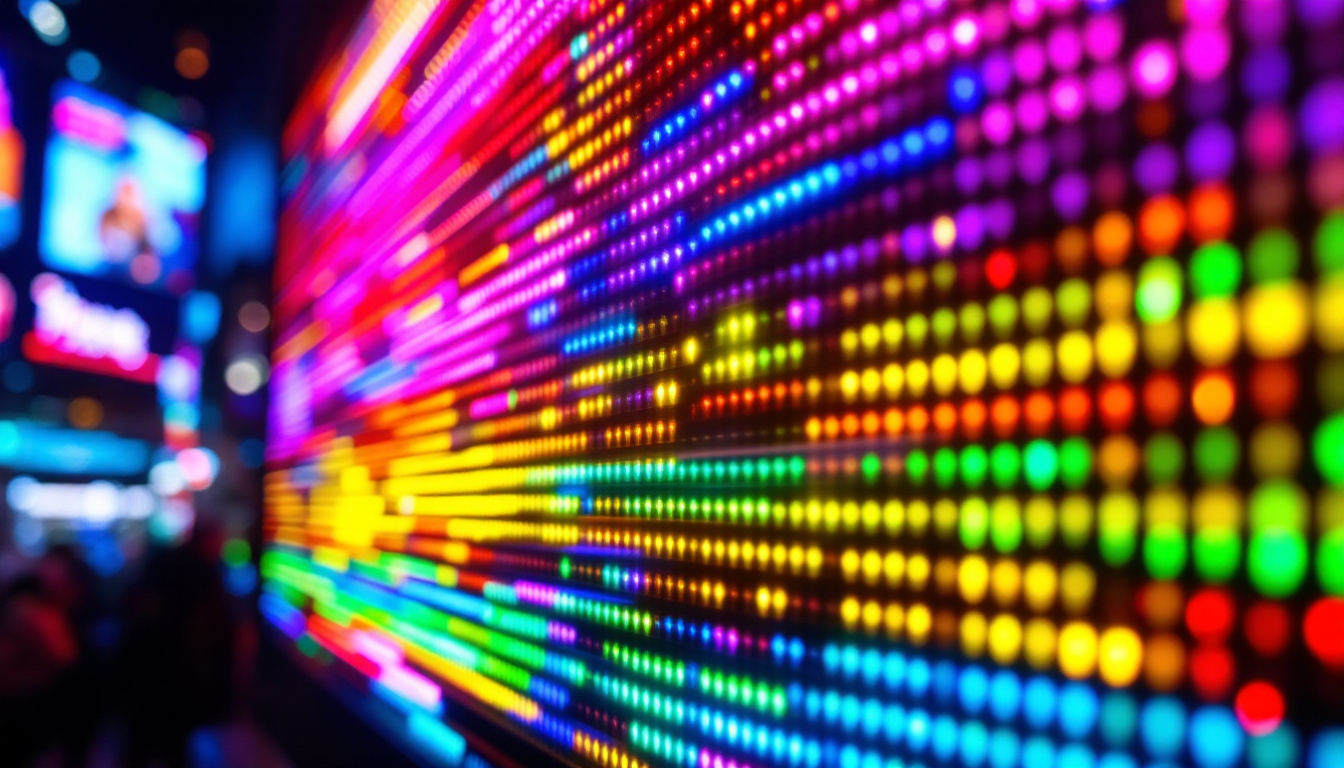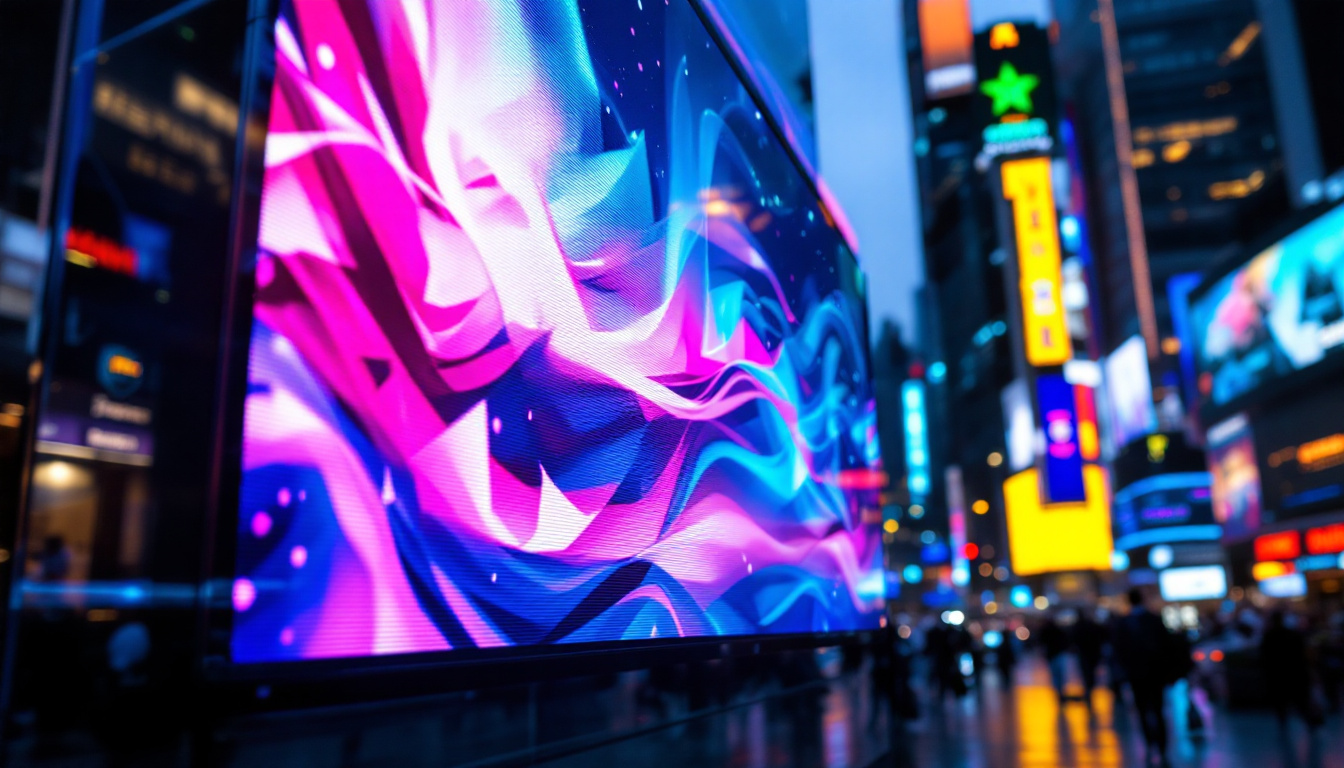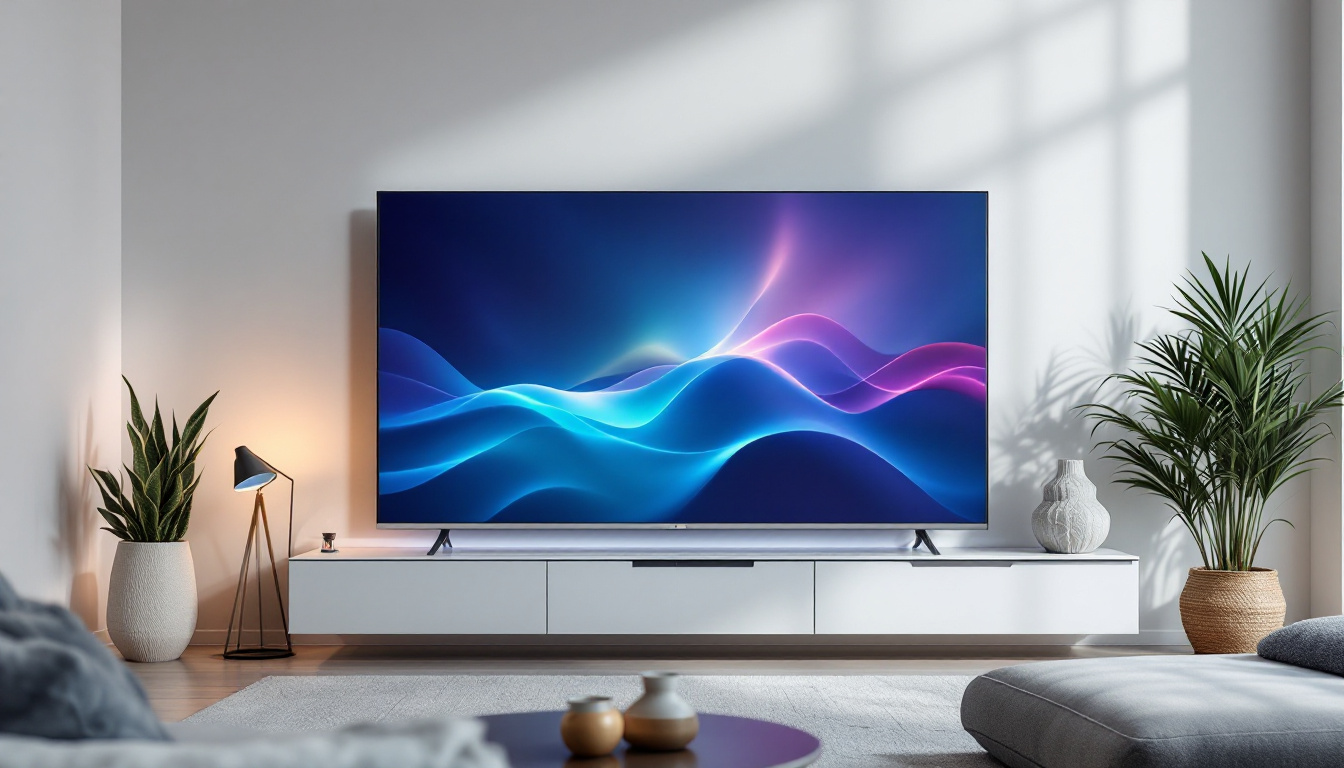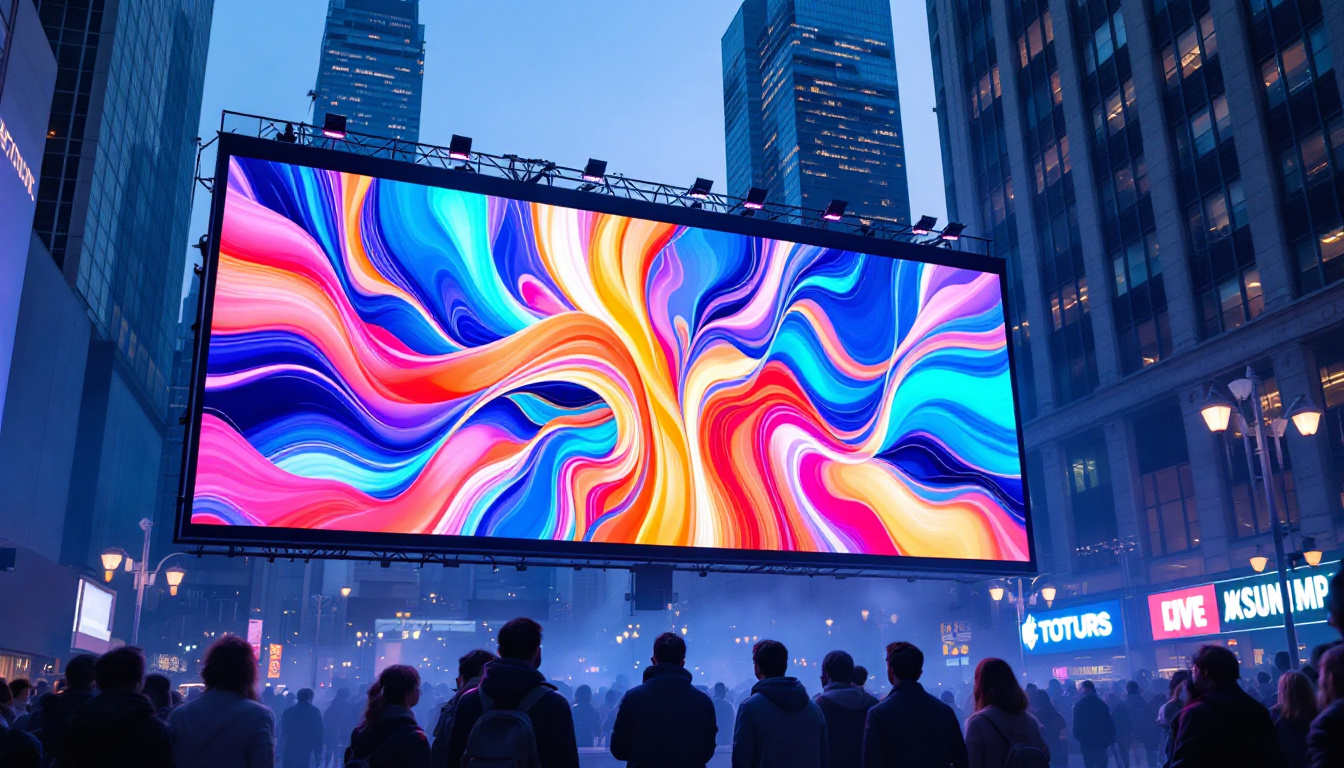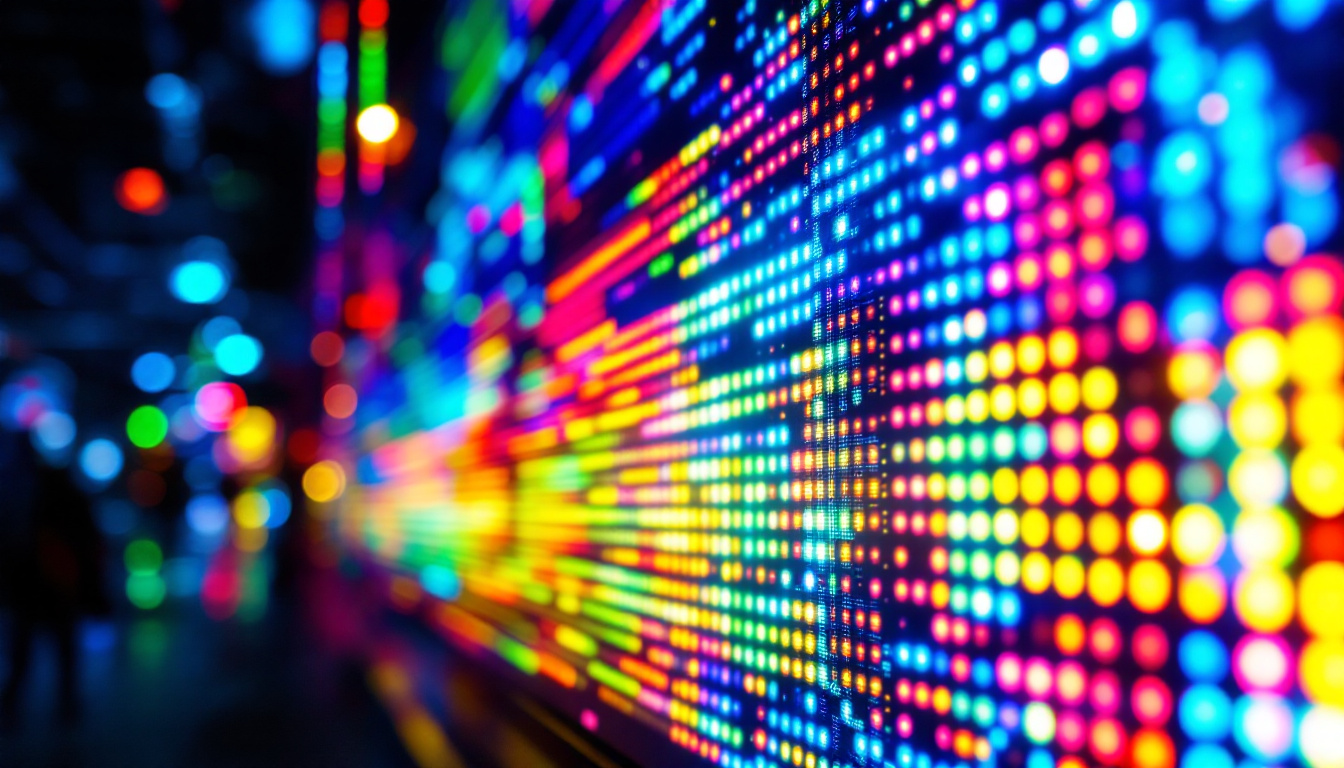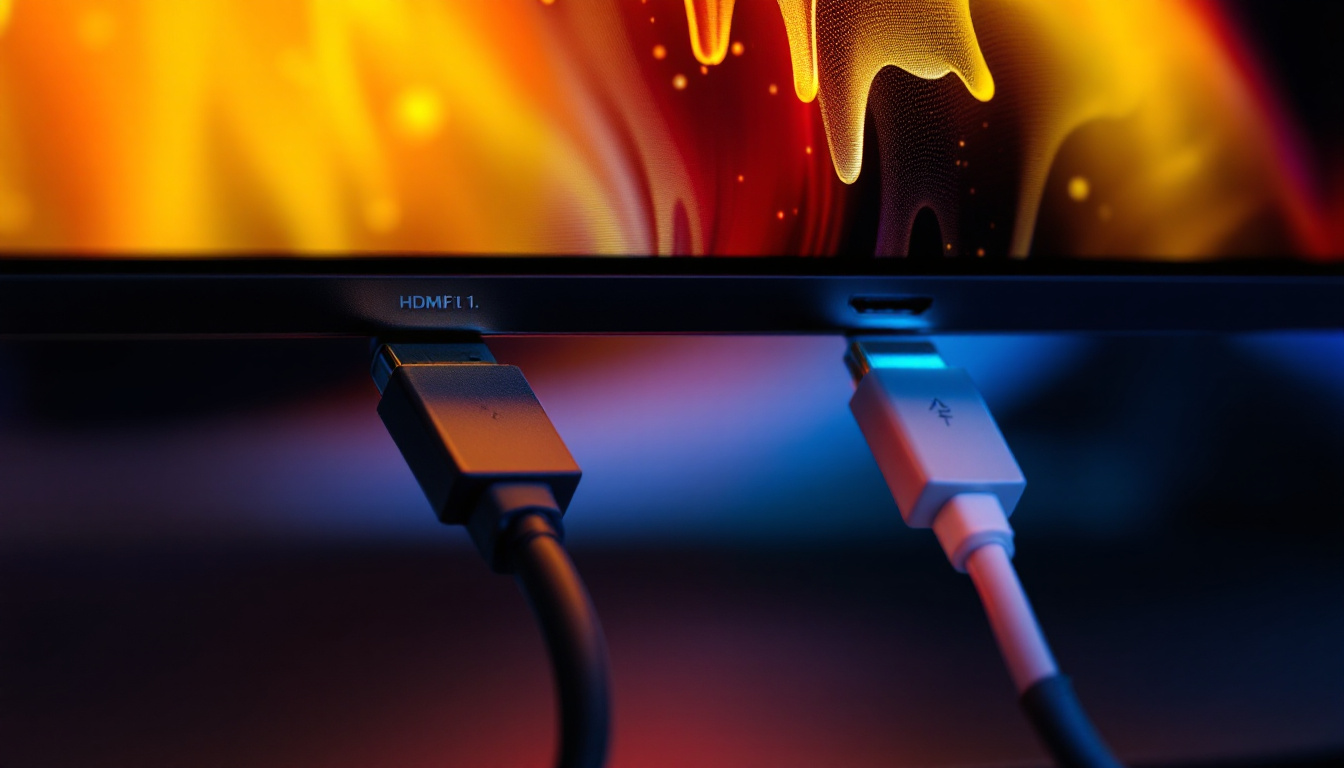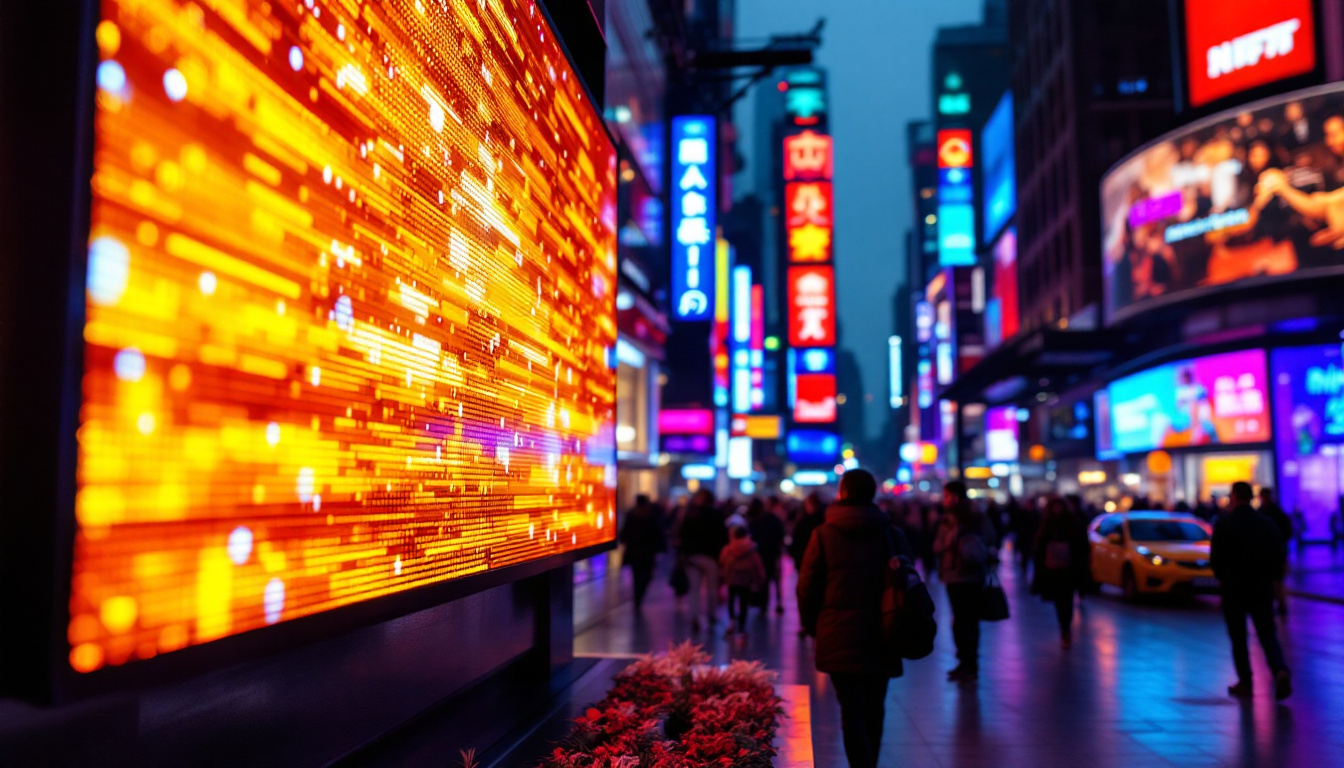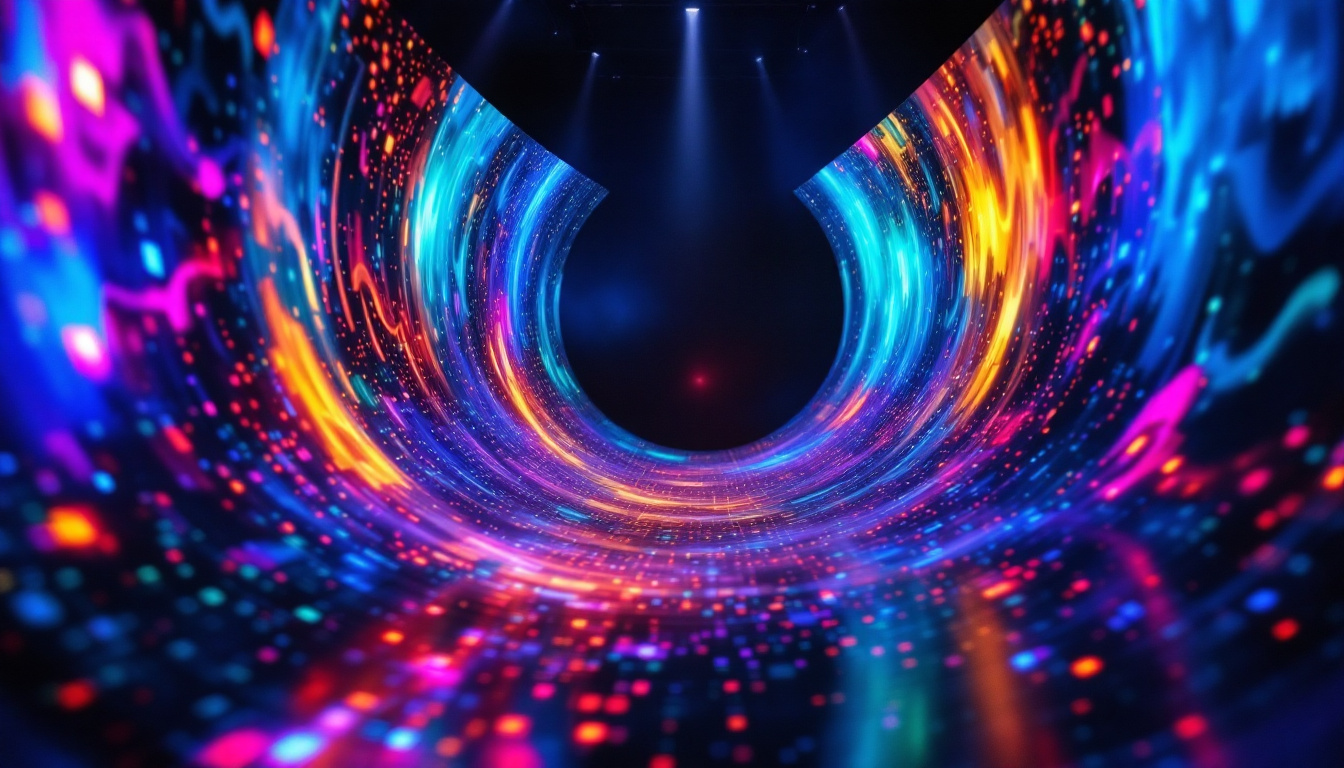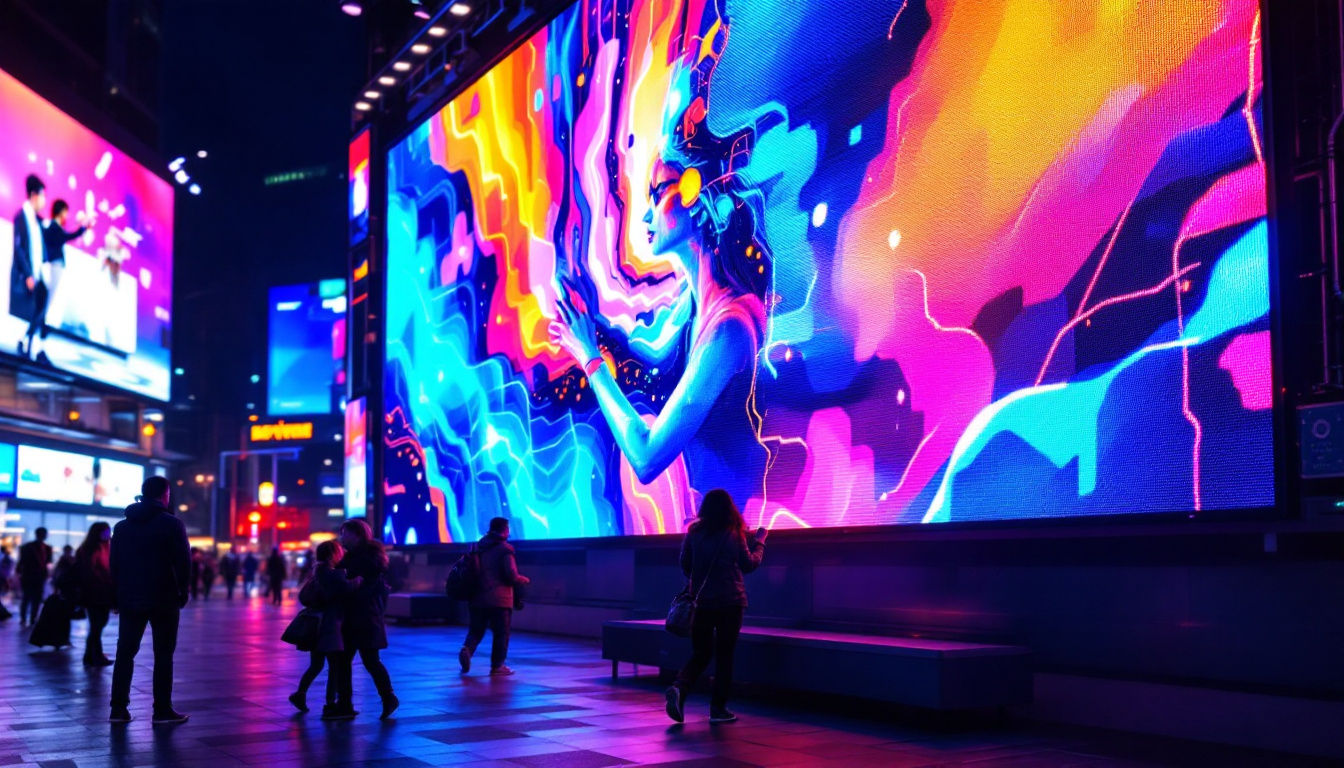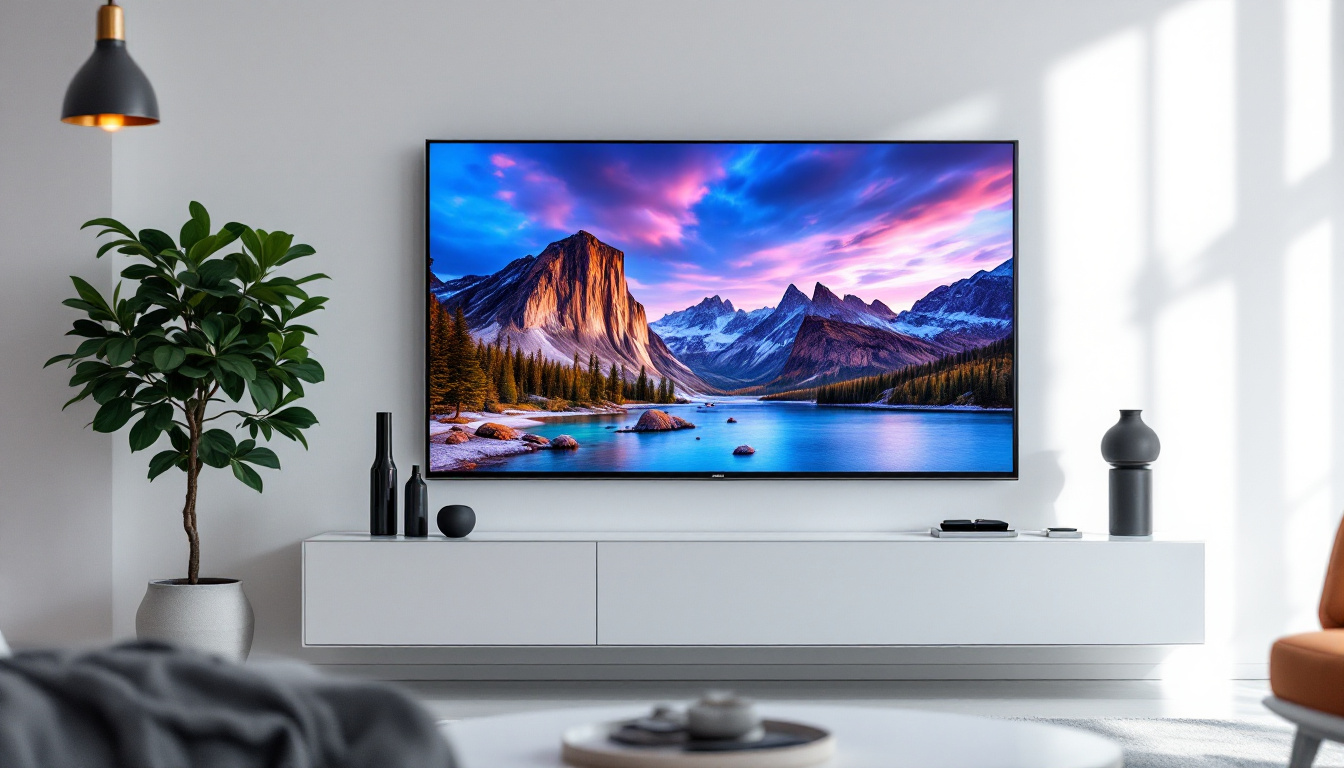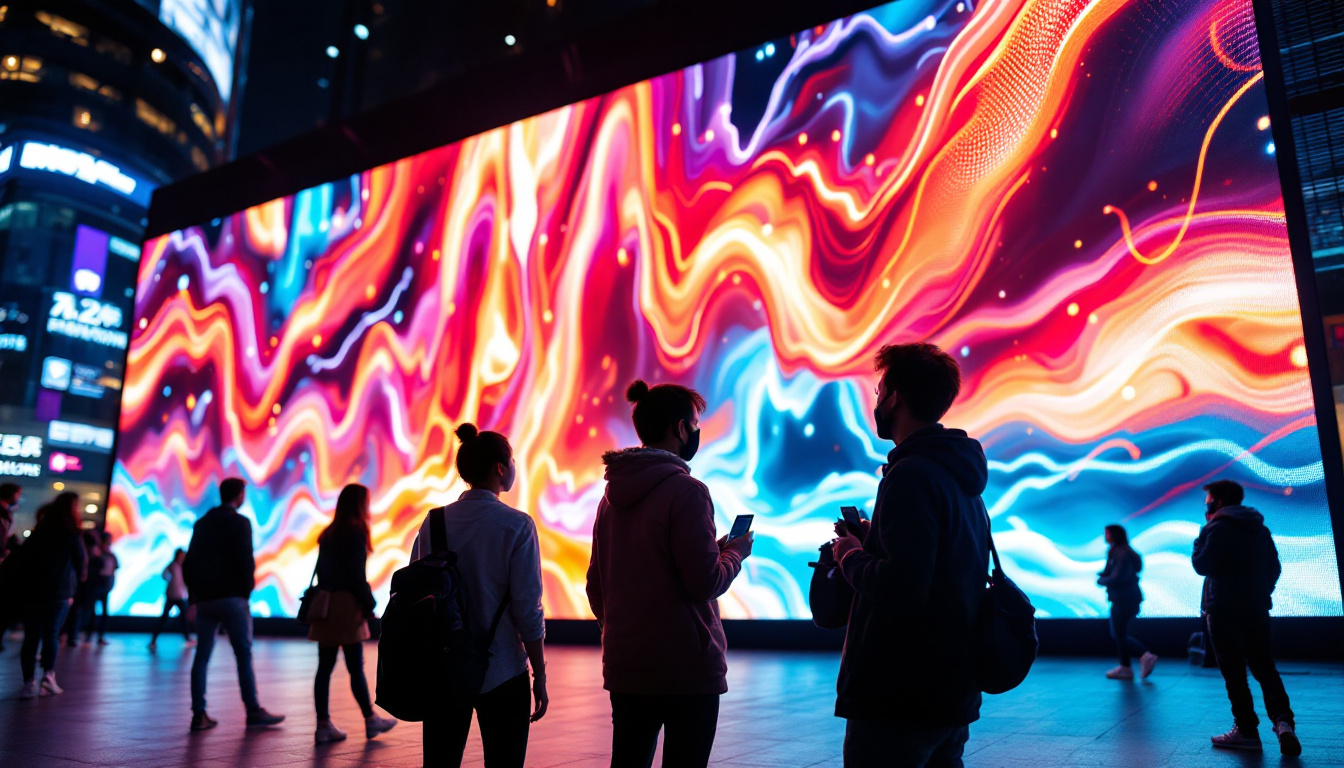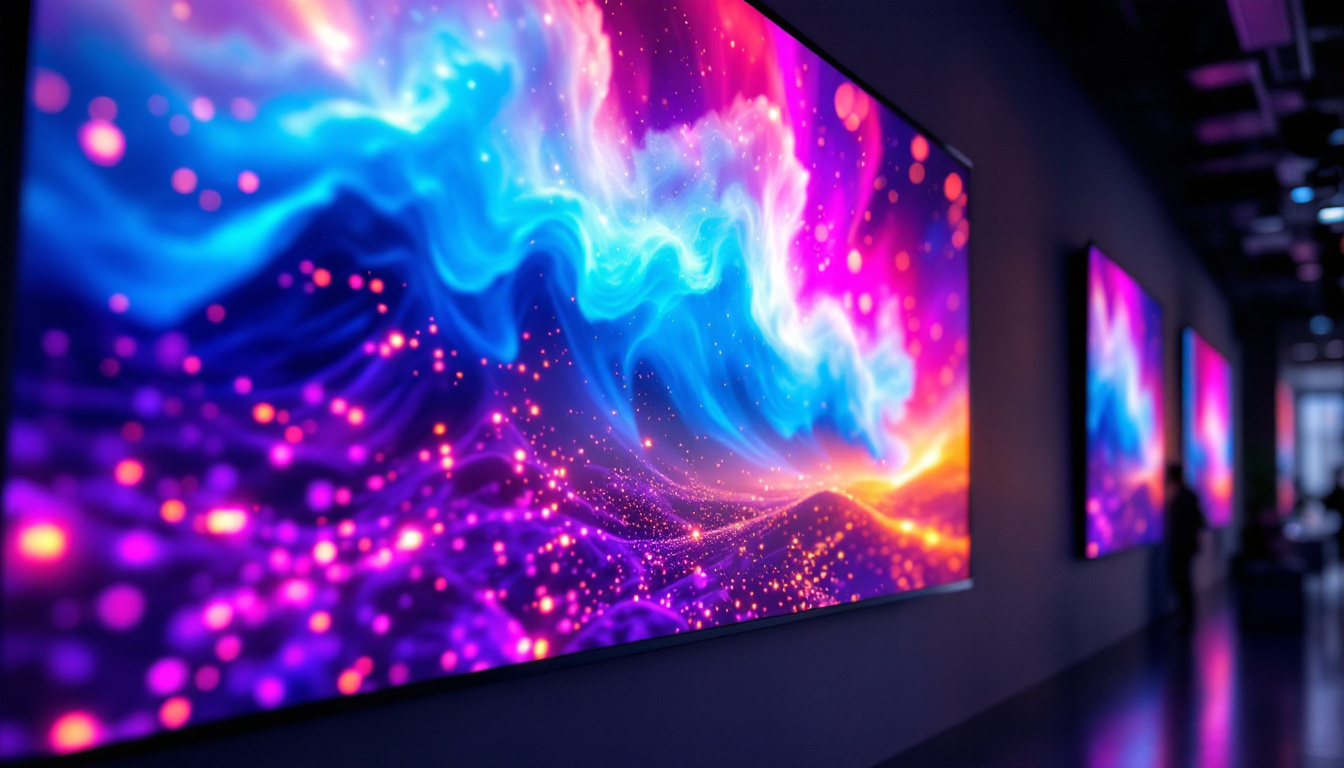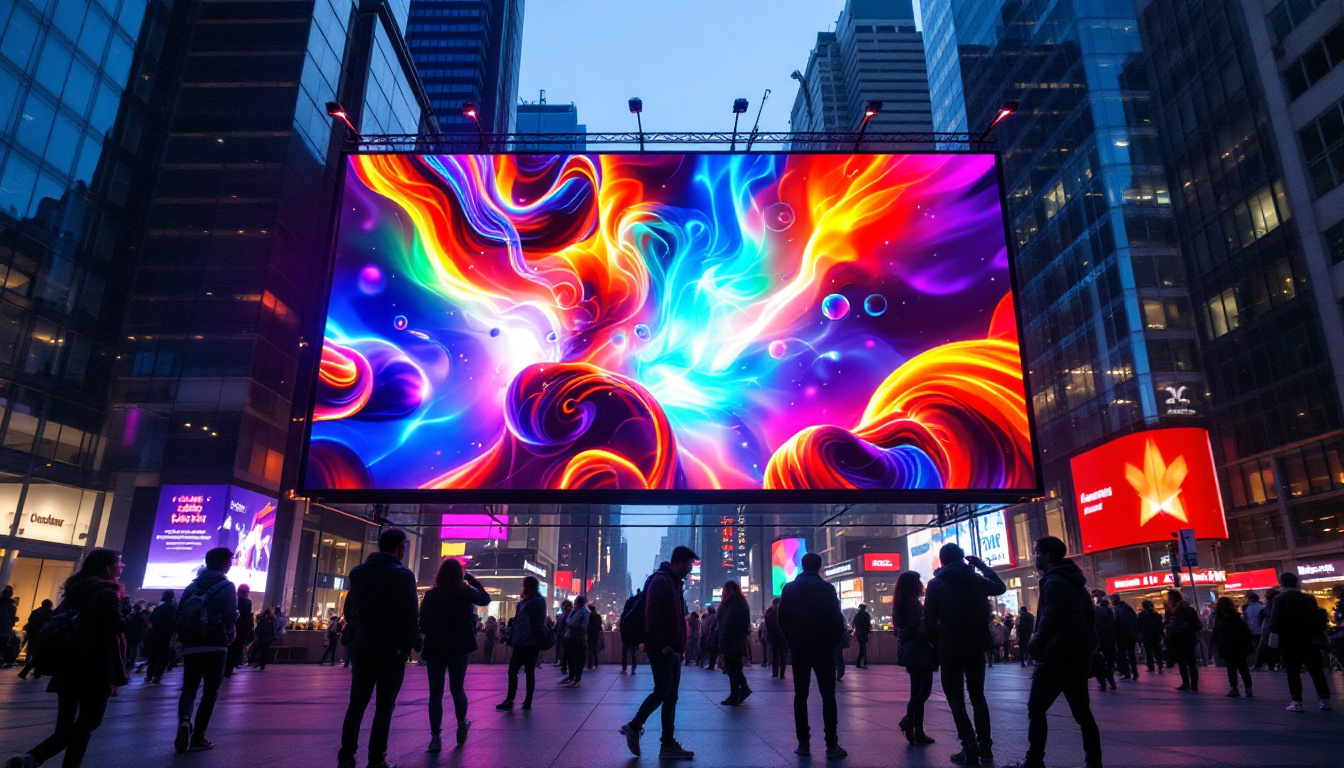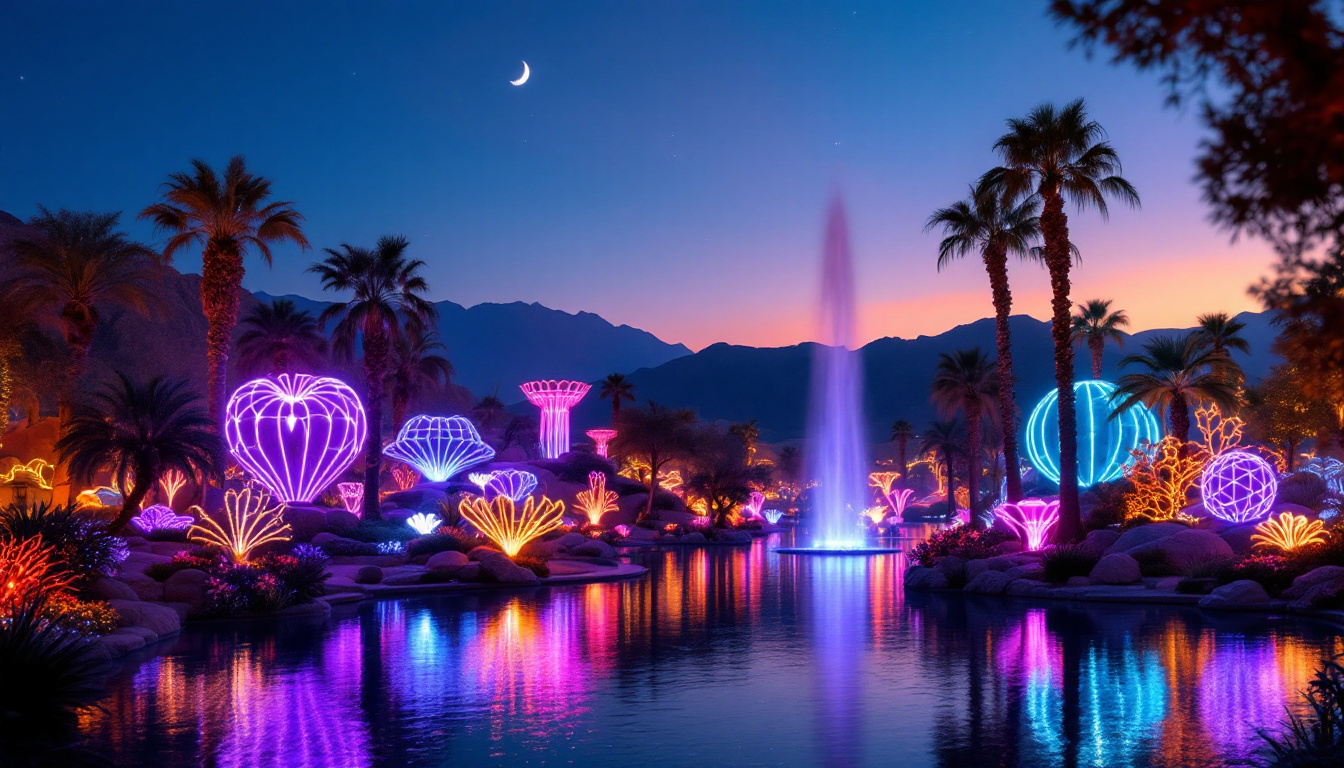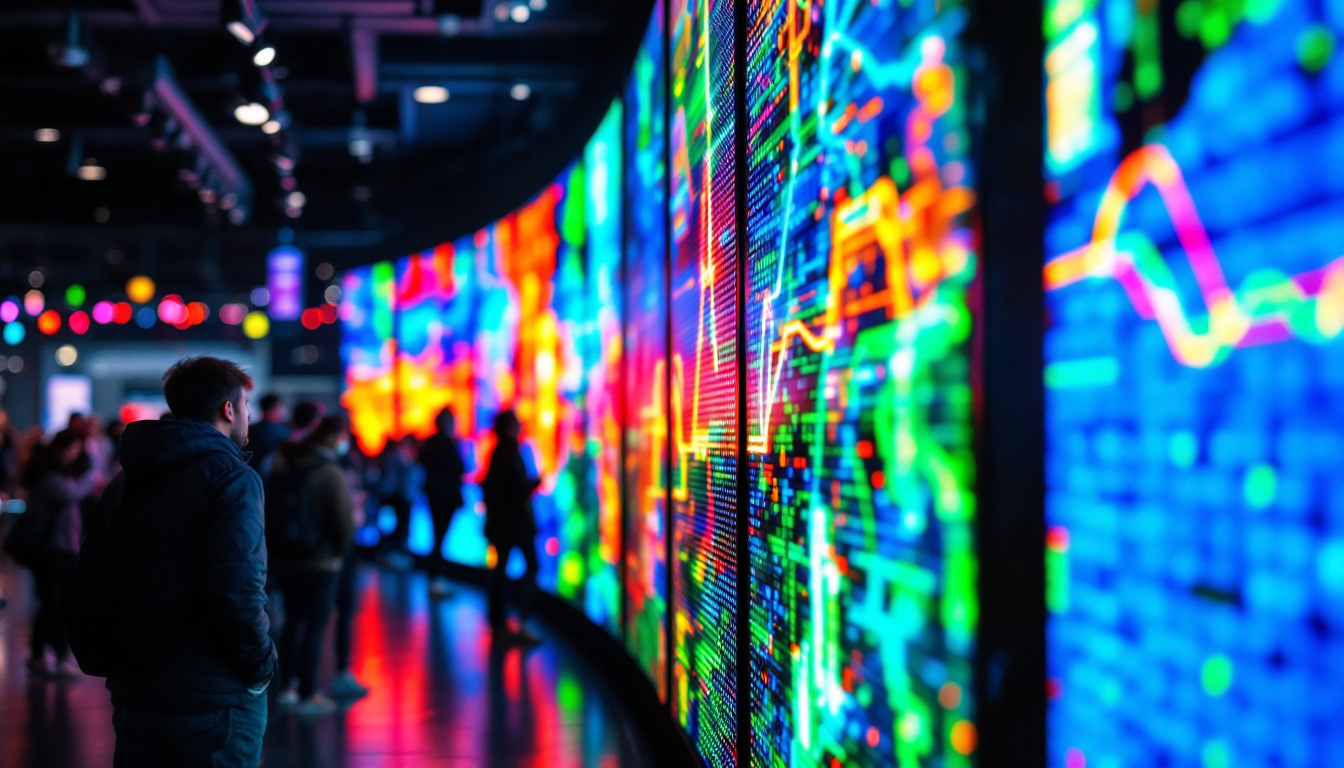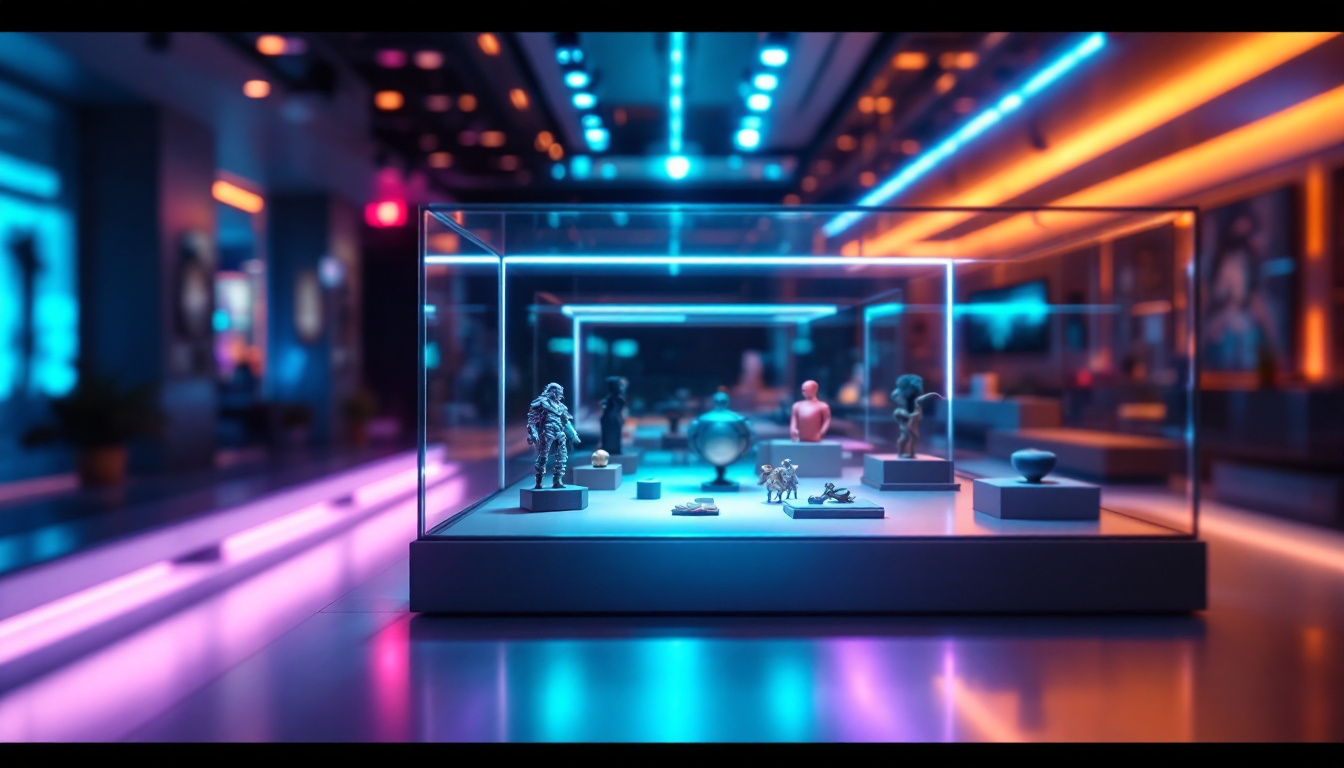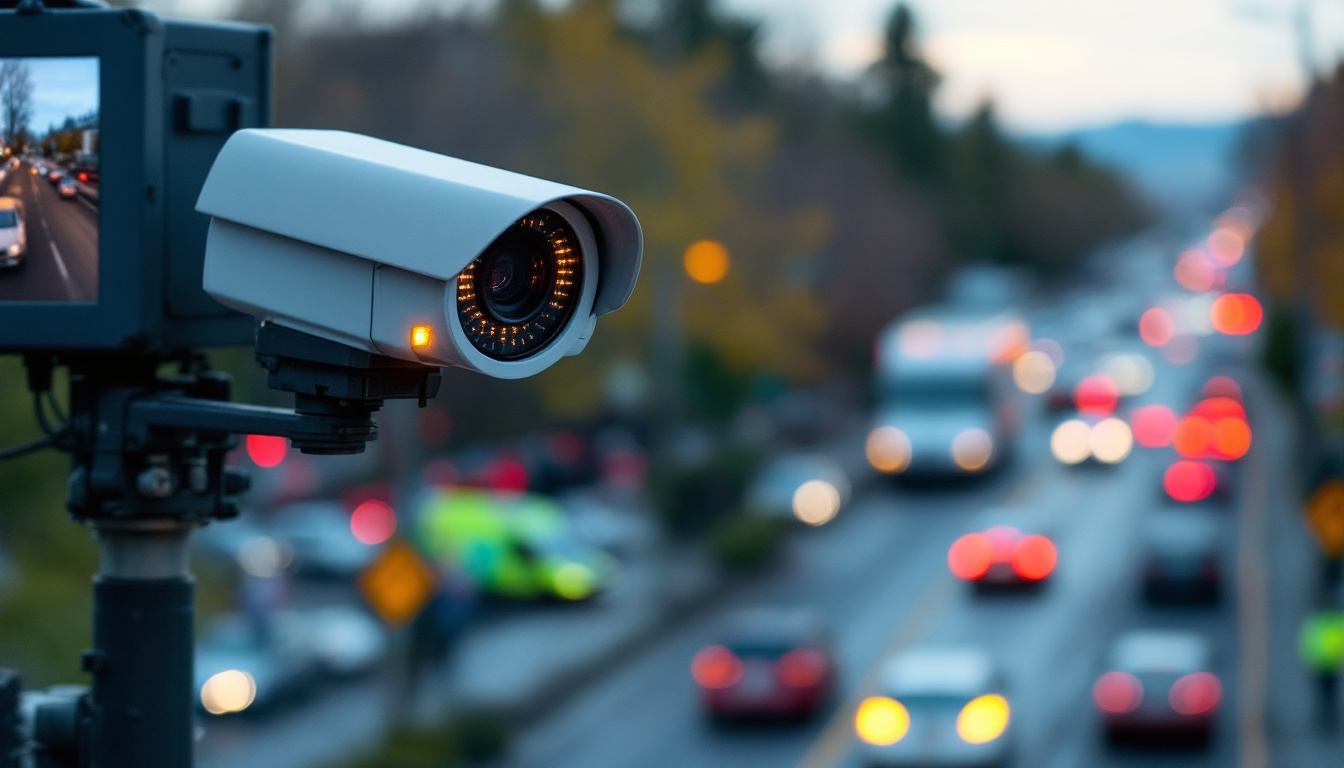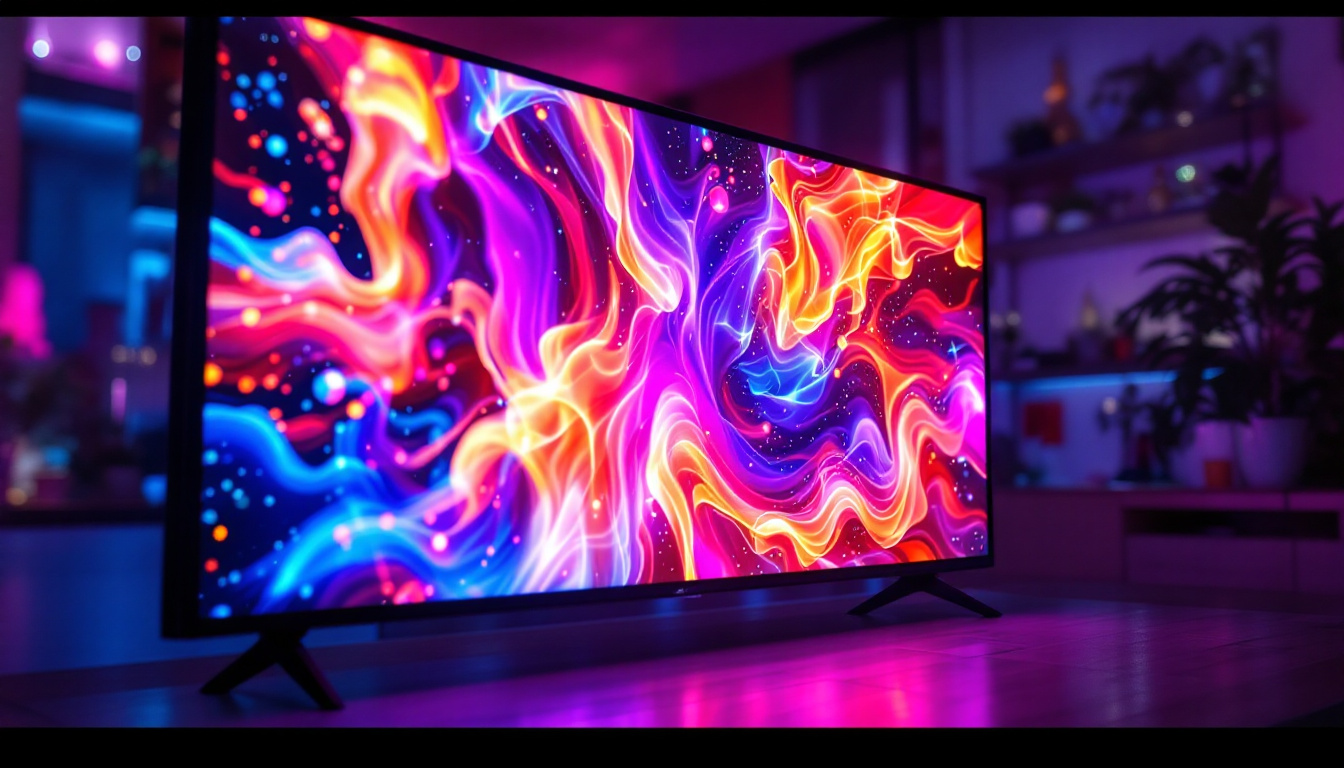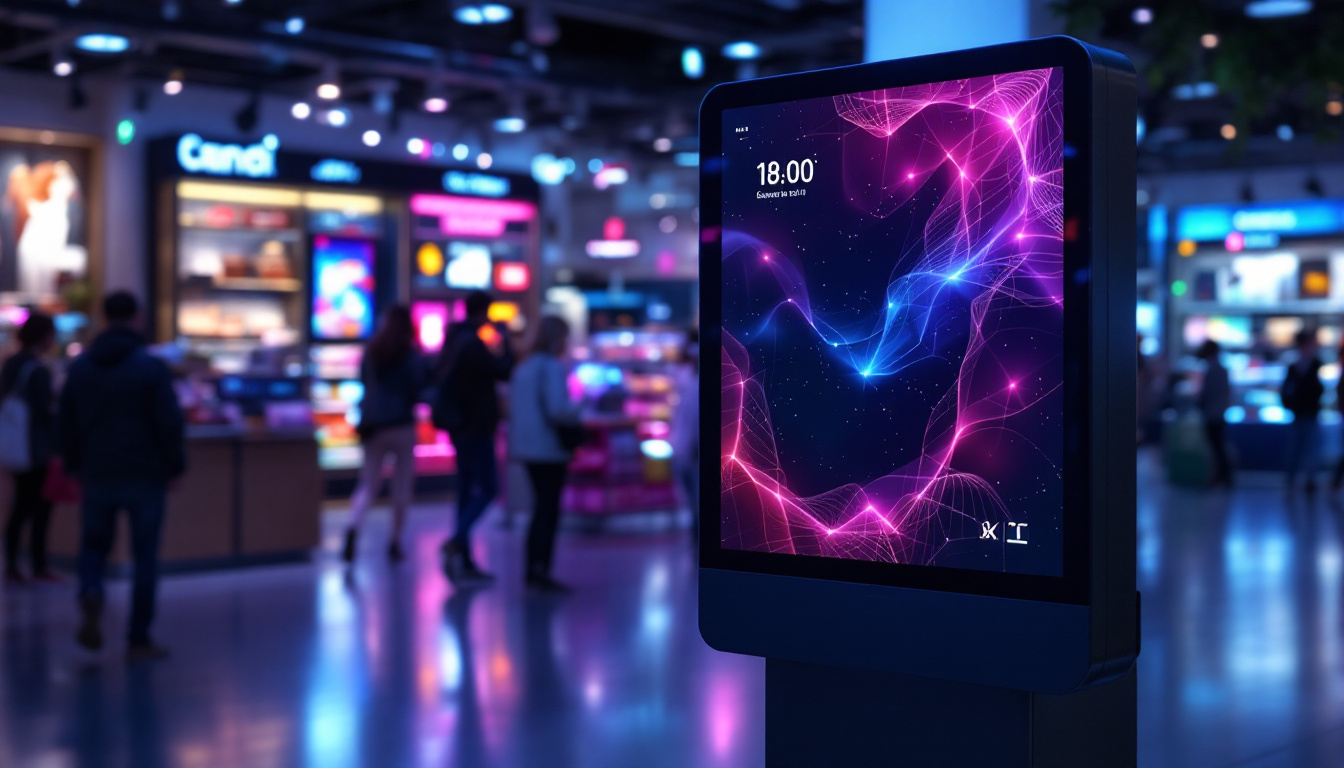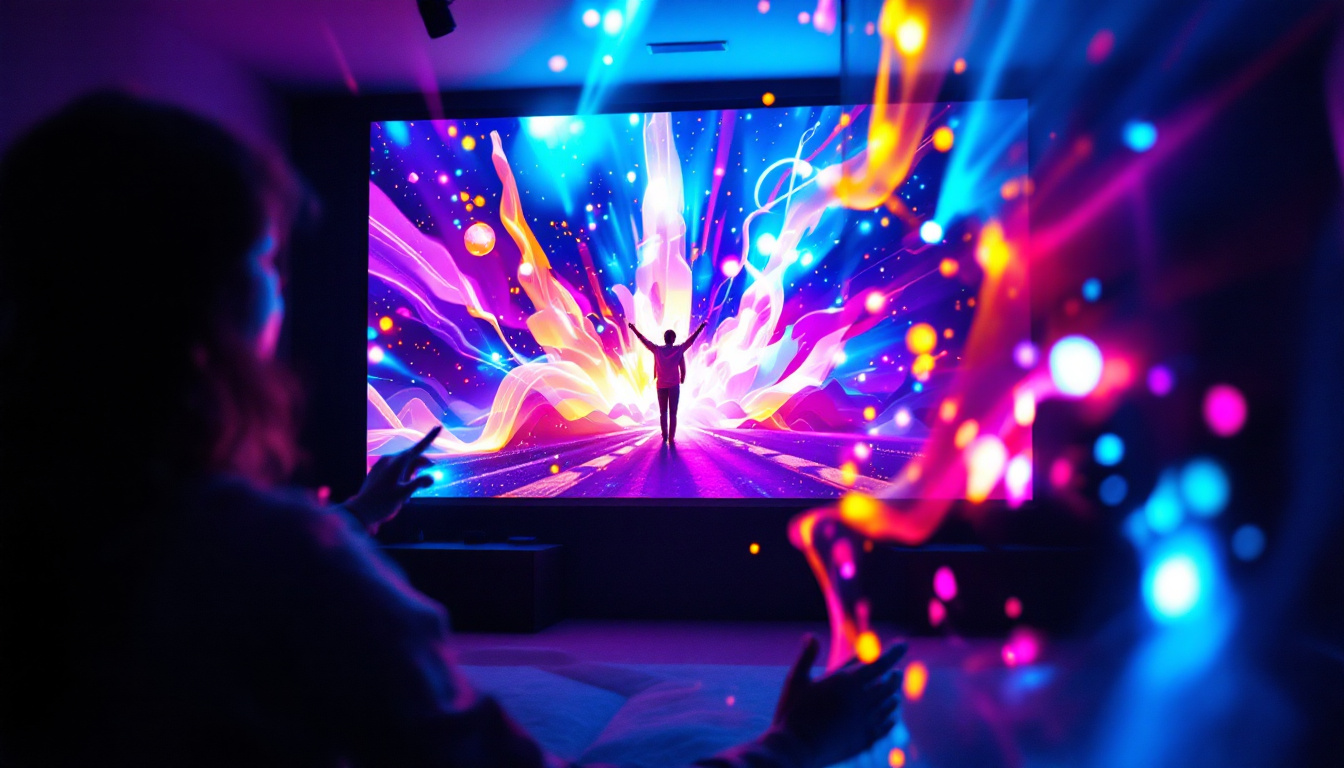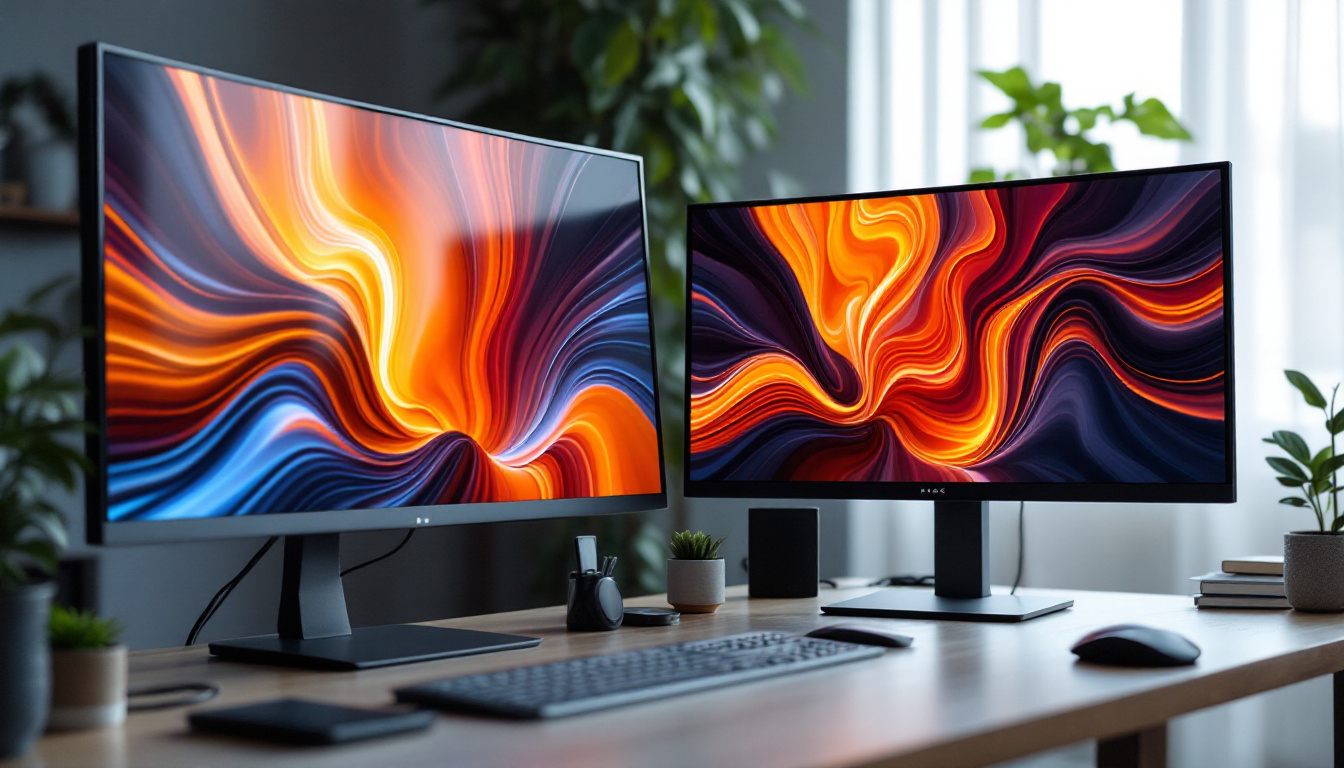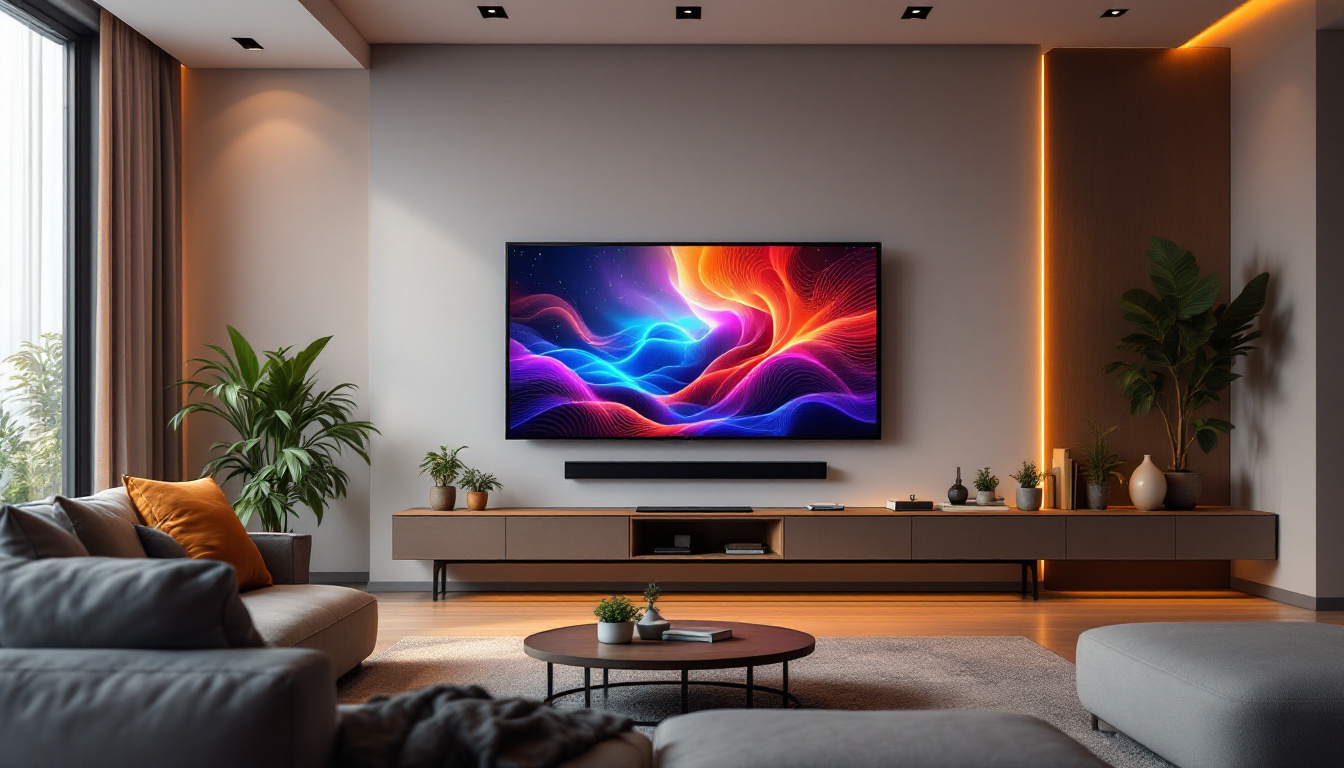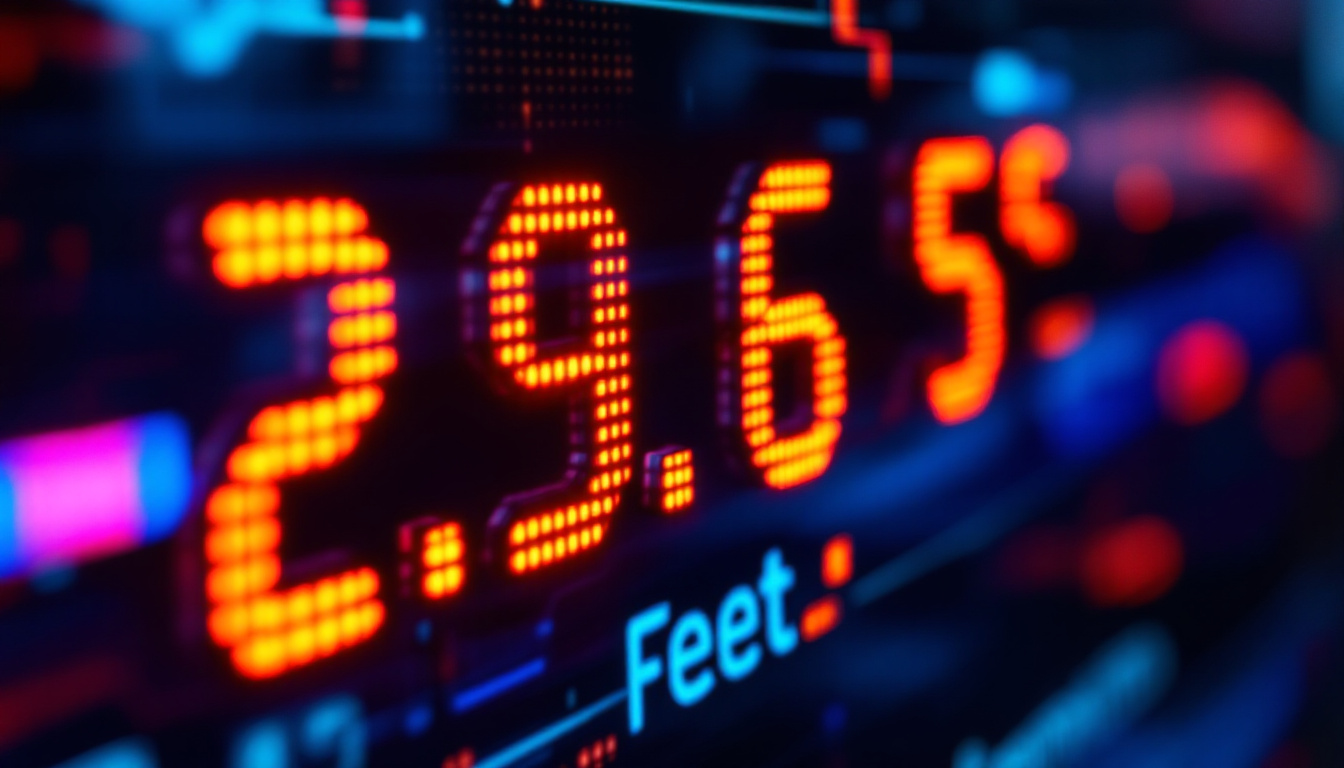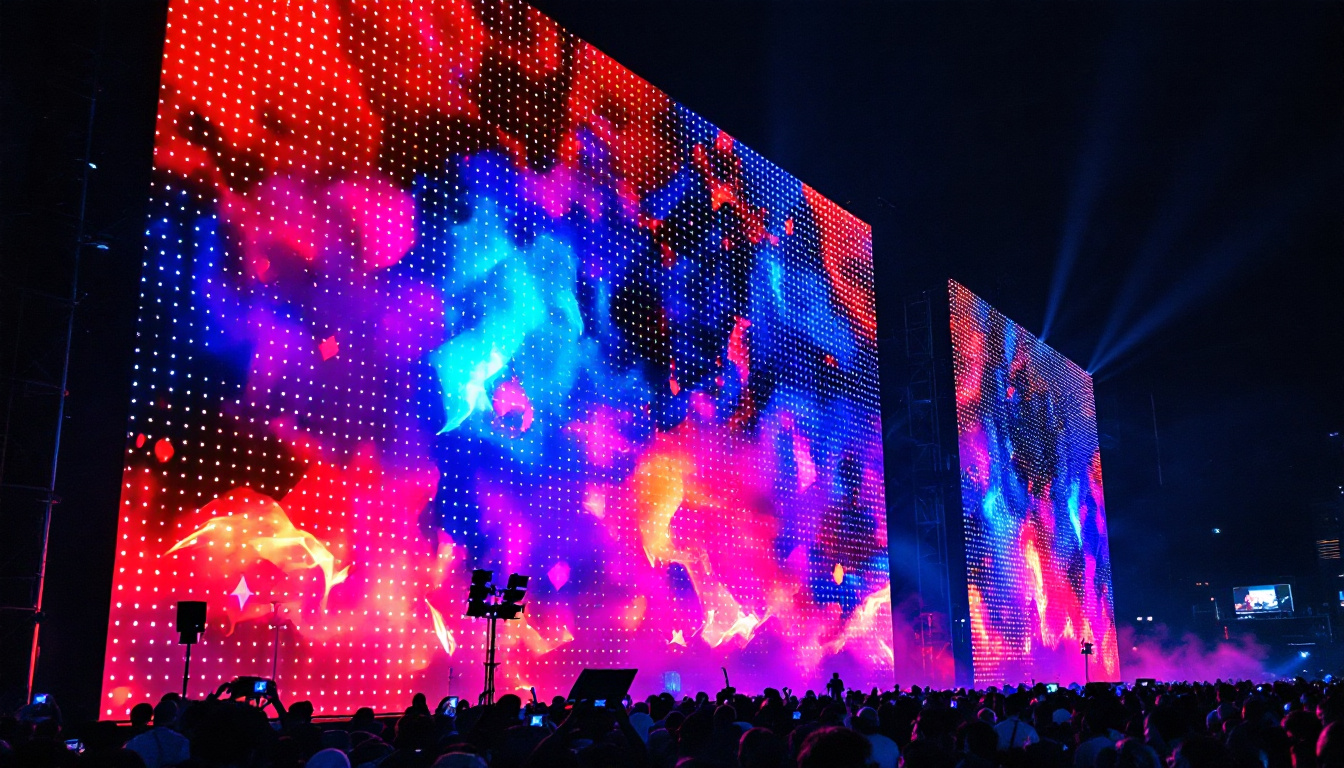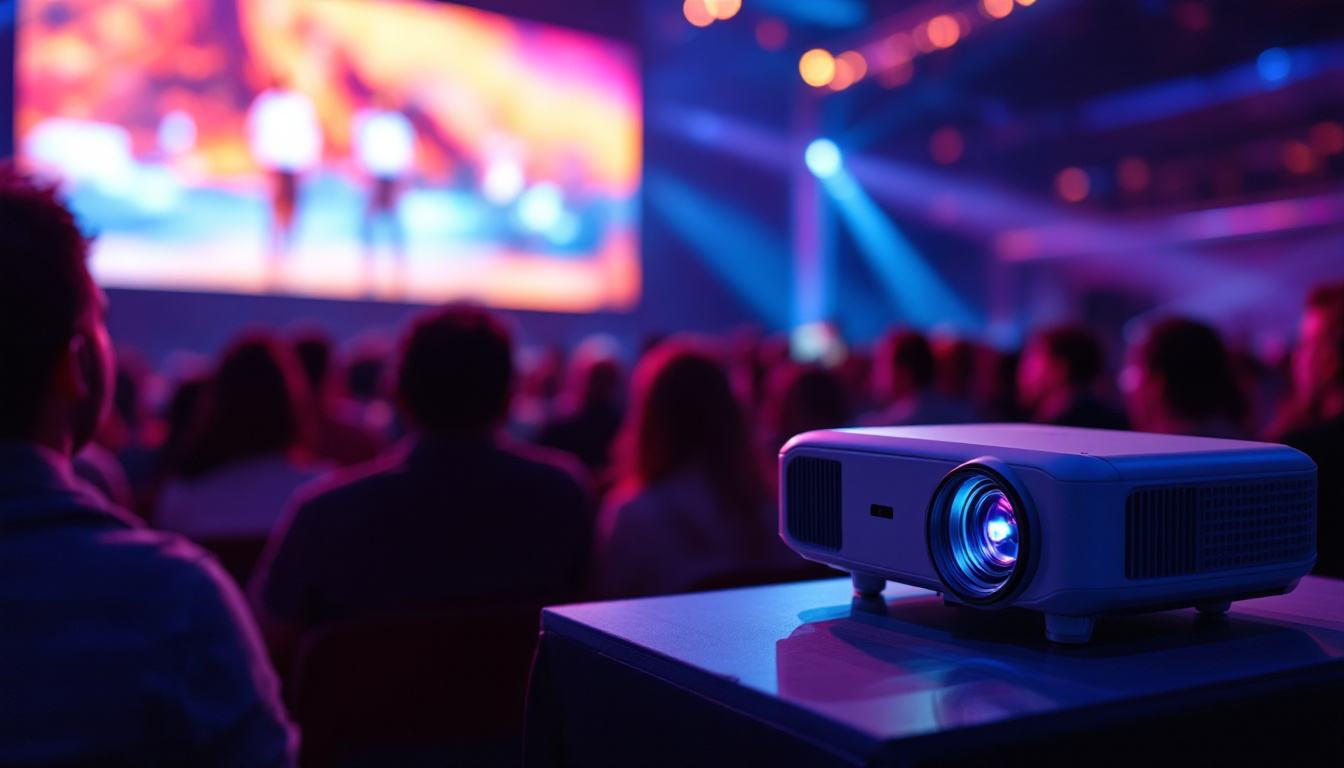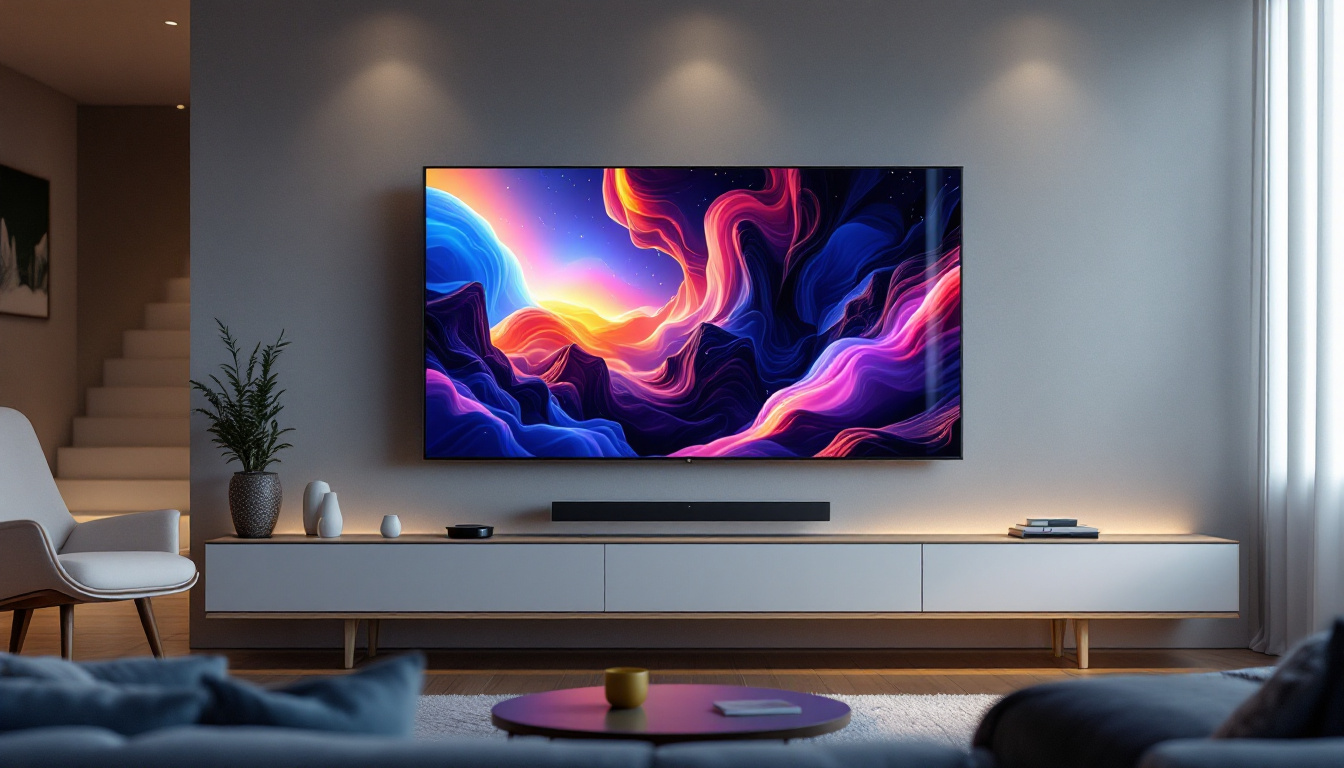In the realm of visual technology, LED displays have emerged as a cornerstone of modern communication. From advertising billboards to intricate video walls, these displays utilize pixels as the fundamental building blocks of their visual output. Understanding how pixel video works is essential for anyone involved in the fields of marketing, entertainment, or technology. This article delves into the intricacies of LED displays, exploring their components, functionality, and applications.
Understanding LED Technology
LED, or Light Emitting Diode, technology has revolutionized the way we perceive and interact with visual content. Unlike traditional display technologies, LEDs offer several advantages that make them ideal for various applications. These advantages include energy efficiency, longevity, and the ability to produce a wide range of colors, which have made them a popular choice in everything from household lighting to large-scale advertising displays.
What is an LED?
An LED is a semiconductor device that emits light when an electric current passes through it. The light produced can be of various colors, depending on the materials used in the diode. This property allows for vibrant displays that can capture attention and convey messages effectively. The efficiency of LEDs is notable; they convert a significant portion of electricity into light rather than heat, which not only saves energy but also reduces the need for complex cooling systems in devices.
Types of LEDs
There are several types of LEDs used in display technology, including:
- Standard LEDs: Commonly used in indicator lights and simple displays.
- RGB LEDs: Combine red, green, and blue diodes to create a full spectrum of colors, essential for video displays.
- High-Power LEDs: Designed for applications requiring significant brightness, such as outdoor signage.
In addition to these common types, there are also specialized LEDs such as organic LEDs (OLEDs) and quantum dot LEDs (QLEDs). OLEDs are known for their flexibility and ability to produce deep blacks and high contrast ratios, making them a favorite in modern television screens and smartphones. Meanwhile, QLEDs utilize quantum dot technology to enhance color accuracy and brightness, providing a stunning visual experience that is particularly appealing for high-definition displays. The ongoing innovation in LED technology continues to push the boundaries of what is possible in visual media, paving the way for even more immersive experiences.
How LED Displays Work
At the heart of LED displays is the concept of pixels. Each pixel consists of multiple LEDs that work together to produce a single point of color on the screen. Understanding how these pixels operate is crucial for grasping the overall functionality of LED displays.
Pixel Configuration
In an LED display, pixels are arranged in a grid format. Each pixel typically comprises three LEDs—red, green, and blue—allowing it to produce a wide range of colors through additive color mixing. The configuration of these pixels can vary, influencing the display’s resolution and clarity. For instance, in high-definition displays, the pixel arrangement is more compact, which not only enhances the color accuracy but also improves the viewing angles. This means that even from the sides, viewers can experience vibrant colors without significant distortion, making LED displays ideal for public venues and large gatherings.
Resolution and Pixel Density
Resolution refers to the number of pixels in a display, often expressed as width x height (e.g., 1920×1080). Pixel density, measured in pixels per inch (PPI), indicates how closely packed the pixels are. Higher pixel density results in sharper images and finer details, making it particularly important for applications where visual clarity is paramount. For example, in smartphones and high-end televisions, manufacturers strive for higher PPI to ensure that text appears crisp and images are lifelike. Moreover, advancements in technology have led to the development of 4K and even 8K displays, which significantly increase pixel counts and redefine the standards for visual quality.
Driving the Display
LED displays require a driving mechanism to control the brightness and color of each pixel. This is typically achieved through a combination of hardware and software that manages the electrical signals sent to the LEDs. Advanced driving techniques, such as pulse-width modulation (PWM), allow for precise control over brightness levels, enhancing the overall visual experience. Furthermore, modern LED displays often incorporate sophisticated algorithms that adjust brightness dynamically based on ambient light conditions, ensuring optimal viewing experiences in varying environments. This adaptability not only improves user comfort but also extends the lifespan of the display by reducing unnecessary wear on the LEDs.
Applications of LED Displays
The versatility of LED displays has led to their widespread adoption across various industries. From advertising to entertainment, the applications are as diverse as they are impactful.
Advertising and Marketing
One of the most prominent uses of LED displays is in advertising. Digital billboards and signage allow businesses to capture attention with dynamic content that can be updated in real-time. This flexibility enables marketers to tailor their messages to specific audiences and events, maximizing engagement. For instance, during major sporting events, brands can showcase targeted advertisements that resonate with the audience present, creating a more personalized experience. Additionally, LED displays can incorporate interactive elements, such as QR codes or social media feeds, encouraging viewers to engage directly with the brand and share their experiences online.
Entertainment and Events
In the entertainment sector, LED displays have transformed the way audiences experience live performances. Concerts, sports events, and festivals utilize large video walls to enhance visual storytelling, creating an immersive atmosphere. The ability to display high-resolution graphics and videos in real-time elevates the overall experience for attendees. Furthermore, advancements in technology have allowed for the integration of augmented reality (AR) with LED displays, enabling performers to interact with digital elements in a way that captivates audiences. This fusion of live action and digital imagery not only enhances the visual spectacle but also opens up new avenues for creative expression in the entertainment industry.
Public Information Displays
LED displays are also commonly used for public information purposes. Transportation hubs, such as airports and train stations, rely on LED screens to provide real-time updates on schedules and delays. This instant communication is crucial for maintaining order and efficiency in busy environments. Beyond transportation, LED displays are increasingly being implemented in educational institutions, where they serve as dynamic information boards that can relay announcements, event schedules, and even educational content. This adaptability not only keeps students and staff informed but also fosters a sense of community by promoting school events and achievements in a visually engaging manner.
Advantages of LED Displays
LED displays offer a myriad of advantages over traditional display technologies, making them a preferred choice for many applications.
Energy Efficiency
One of the standout features of LED technology is its energy efficiency. LEDs consume significantly less power compared to incandescent or fluorescent lights, leading to lower operational costs. This efficiency is particularly beneficial for large displays that operate continuously, such as outdoor billboards.
Longevity and Durability
LED displays are known for their longevity, often lasting tens of thousands of hours before requiring replacement. This durability makes them an economical choice for businesses, as they reduce maintenance and replacement costs over time. Additionally, LED displays are more resistant to environmental factors, making them suitable for outdoor use.
High Brightness and Contrast
LED displays are capable of producing high levels of brightness, ensuring visibility even in direct sunlight. This quality is essential for outdoor applications, where competing with natural light is a challenge. Furthermore, the contrast ratios of LED displays contribute to vibrant colors and sharp images, enhancing the overall viewing experience.
Challenges and Considerations
Despite their many advantages, LED displays are not without challenges. Understanding these challenges is crucial for making informed decisions when choosing display technology.
Initial Cost
The initial investment for LED displays can be higher compared to traditional display options. While the long-term savings in energy and maintenance costs can offset this expense, businesses must consider their budget and return on investment when selecting a display solution.
Viewing Angles
Another consideration is the viewing angle of LED displays. Depending on the configuration, some LED screens may have limited viewing angles, which can affect the visibility of content from certain positions. This is particularly relevant for large installations where viewers may be positioned at various angles.
Color Calibration
Maintaining consistent color output across an LED display can be challenging. Factors such as temperature, aging of LEDs, and environmental conditions can affect color accuracy. Regular calibration is necessary to ensure that the display maintains its intended visual quality over time.
Future Trends in LED Display Technology
The landscape of LED display technology is continually evolving, with new advancements on the horizon. Staying informed about these trends can provide insights into future applications and capabilities.
MicroLED Technology
MicroLED technology represents a significant leap forward in display innovation. By utilizing tiny micro-sized LEDs, this technology offers enhanced resolution and color accuracy. MicroLED displays are also modular, allowing for flexible configurations and seamless integration into various environments.
Flexible and Transparent Displays
Another exciting trend is the development of flexible and transparent LED displays. These displays can be bent or shaped to fit unique spaces, opening up new possibilities for creative installations. Transparent displays, in particular, allow for innovative advertising solutions that do not obstruct views, merging digital content with the physical environment.
Integration with Smart Technology
The integration of LED displays with smart technology is set to redefine how content is delivered and interacted with. Features such as IoT connectivity and AI-driven content management systems will enable displays to adapt in real-time based on audience behavior and environmental conditions, creating a more engaging experience.
Conclusion
LED displays have fundamentally transformed the way visual content is presented and consumed. Their versatility, energy efficiency, and vibrant output make them an essential tool across various industries, from advertising to entertainment. While challenges exist, ongoing advancements in technology promise to enhance their capabilities further. As the world becomes increasingly digital, understanding LED displays and their potential will be crucial for businesses and consumers alike.
In summary, the future of pixel video and LED displays is bright, with innovations continually pushing the boundaries of what is possible. Whether for commercial use or personal enjoyment, these displays will remain at the forefront of visual communication technology.
Discover LumenMatrix’s Advanced LED Display Solutions
Embrace the future of visual technology with LumenMatrix, a pioneer in crafting LED display modules that redefine the art of digital storytelling. Whether you’re looking to elevate your brand’s presence with an Indoor LED Wall Display, captivate passersby with an Outdoor LED Wall Display, or innovate on the move with a Vehicle LED Display, LumenMatrix has a solution tailored to your needs. Our mission is to transform visual communication, offering an array of options including LED Poster Displays, LED Sports Displays, Floor LED Displays, Custom LED Displays, All-in-One LED Displays, and LED Transparent Displays. Don’t just share your message—make it resonate with unparalleled clarity and impact. Check out LumenMatrix LED Display Solutions and step into a world where vibrant visuals meet cutting-edge technology.

